ANIMALS
Secrets of the Squirrel Kingdom: 25 Amazing Facts
Published
8 months agoon

Shutterstock
Squirrels are among the most ubiquitous and intriguing animals found across the globe. With their bushy tails and nimble movements, these creatures capture the fascination of many who encounter them in parks, forests, and even urban environments. Beyond their charming appearance, squirrels boast a range of remarkable traits and behaviors that highlight their adaptability and intelligence. From their diverse species to their impressive memory and problem-solving skills, there is much to discover about these fascinating rodents. This collection of facts delves into the lesser-known aspects of squirrel life, offering a deeper appreciation for these dynamic creatures.
Diverse Species
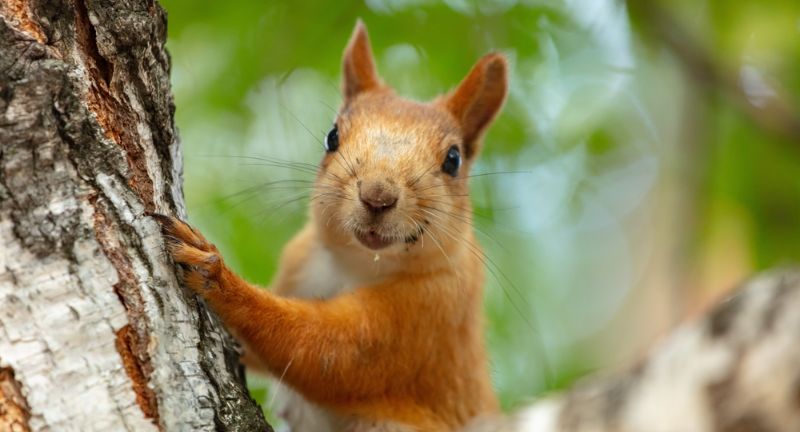
Shutterstock
There are over 200 species of squirrels, showcasing a vast diversity within the family. These species range from tree squirrels, which are often seen in urban and forested areas, to ground squirrels that create intricate burrow systems. Additionally, there are flying squirrels that have unique adaptations for gliding through the air. This diversity highlights the remarkable adaptability of squirrels to different environments.
Acrobatic Skills
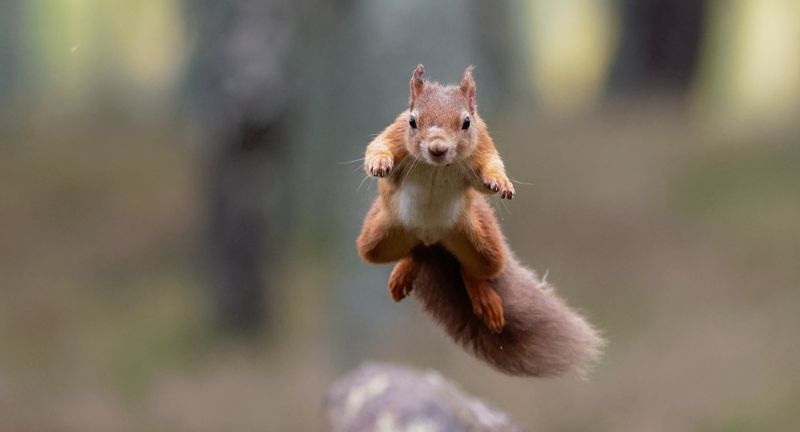
Shutterstock
Squirrels are incredibly agile, capable of performing impressive leaps and bounds. They can jump distances up to ten times their body length, showcasing their strong hind legs and muscular build. This acrobatic prowess is crucial for navigating trees and escaping predators. Their ability to move with such precision and speed makes them fascinating to watch.
Memory Masters
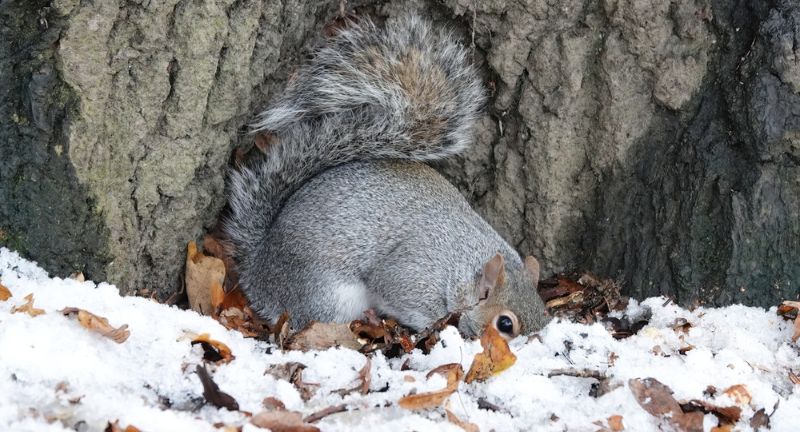
Shutterstock
Despite the common belief that squirrels forget where they bury their food, they actually have excellent spatial memory. This ability helps them locate their buried nuts and seeds even months later. Squirrels use landmarks and their keen sense of smell to find their hidden caches. Their impressive memory ensures they have a food supply throughout the winter.
Tail Functions
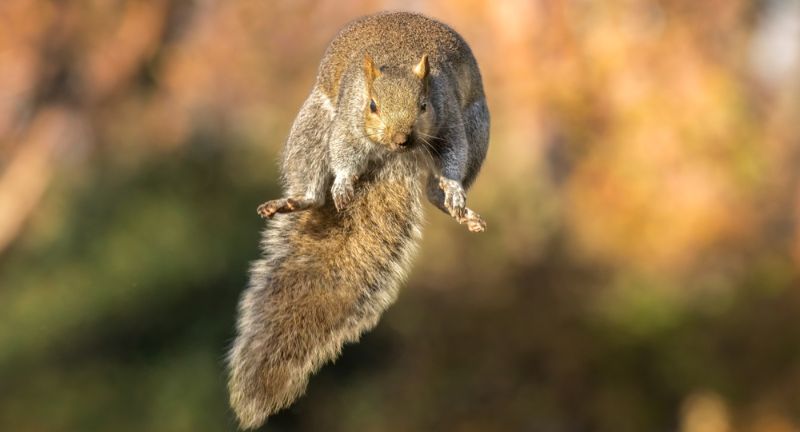
Shutterstock
A squirrel’s tail is a multifunctional tool that serves several critical purposes. It acts as a balancing aid when they leap from branch to branch, preventing falls. Additionally, the tail functions as a parachute, slowing their descent and ensuring a soft landing. During colder months, squirrels wrap their tails around their bodies to keep warm, like a cozy blanket.
Global Presence
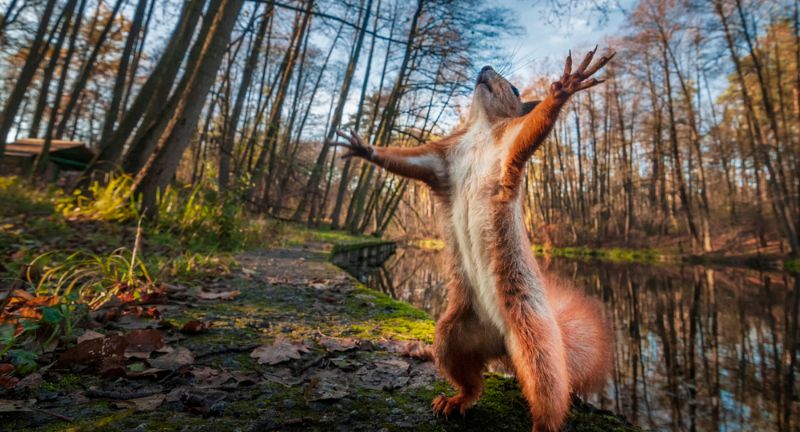
Shutterstock
Squirrels have a vast geographic range, inhabiting every continent except Australia and Antarctica. Their presence in diverse environments, from dense forests to urban parks, showcases their adaptability. Squirrel species have evolved to thrive in a variety of climates and landscapes. This wide distribution makes them one of the most globally recognized mammals.
Rodent Relatives
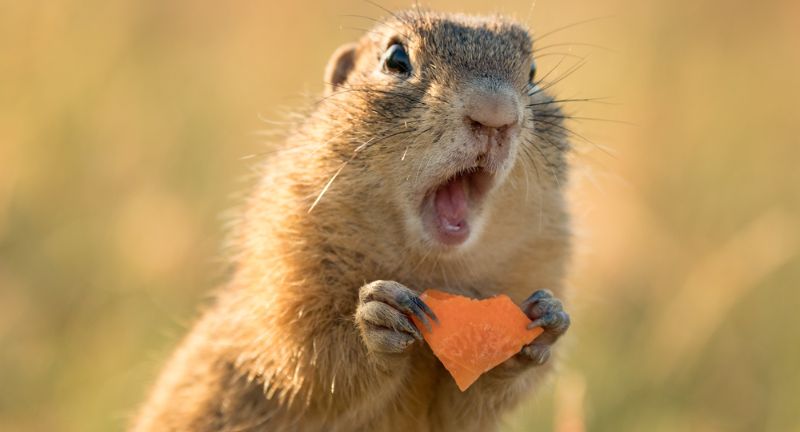
Shutterstock
Squirrels belong to the rodent family, sharing a lineage with animals such as beavers, rats, and mice. This family connection is evident in their continuously growing front teeth, which they must gnaw on various materials to keep in check. Rodents are known for their adaptability and resourcefulness, traits that are clearly seen in squirrels. Their behavior and physical characteristics highlight their rodent heritage.
Chatterboxes
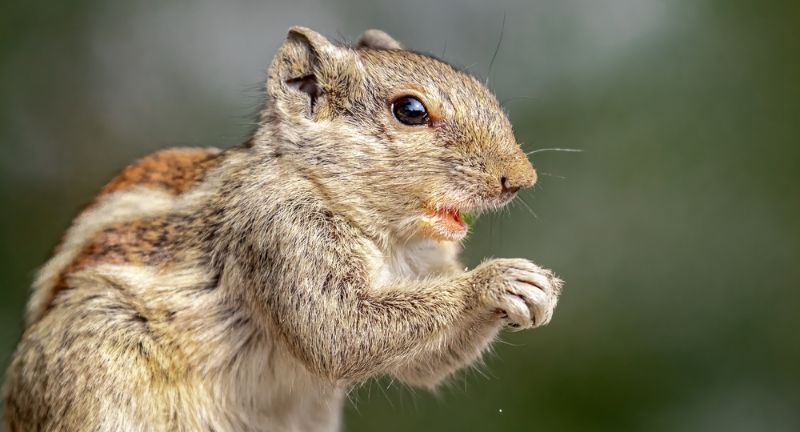
Shutterstock
Squirrels are known for their vocalizations, which they use to communicate with each other. These sounds range from high-pitched squeaks to complex chatter, each serving a different purpose. They also use tail movements and scent markings as part of their communication repertoire. This intricate system helps them convey warnings, establish territories, and interact socially.
Nutty Diet
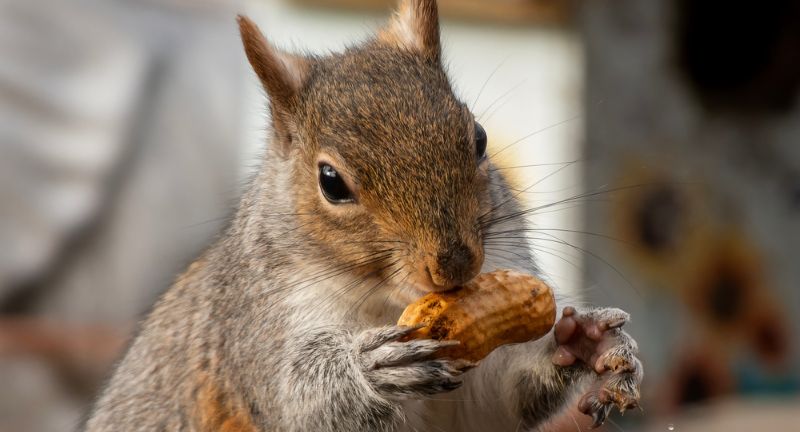
Shutterstock
While squirrels are often associated with eating nuts, their diet is actually quite varied. They consume fruits, fungi, insects, and even small animals when the opportunity arises. This omnivorous diet helps them survive in different environments and seasons. Their flexible eating habits are a key factor in their widespread success.
Teeth Growth
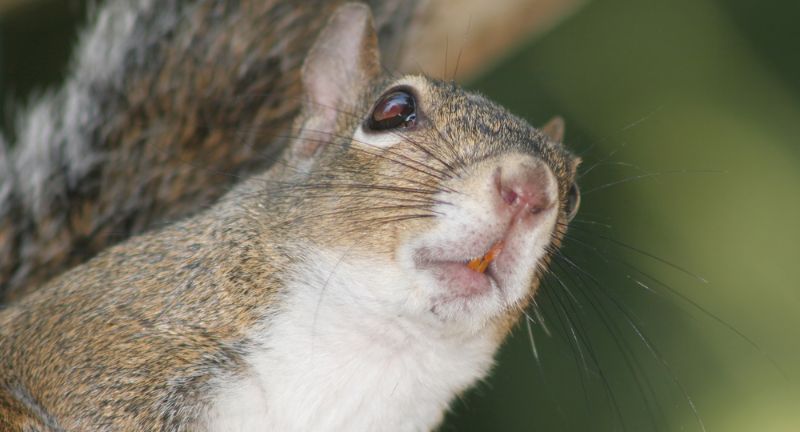
Shutterstock
Squirrels, like all rodents, have teeth that never stop growing. To prevent their teeth from becoming too long, squirrels gnaw on various objects, such as wood and bones. This constant chewing helps them maintain the right length and sharpness of their incisors. It’s a vital behavior that ensures they can continue to eat and defend themselves effectively.
Tree Planters
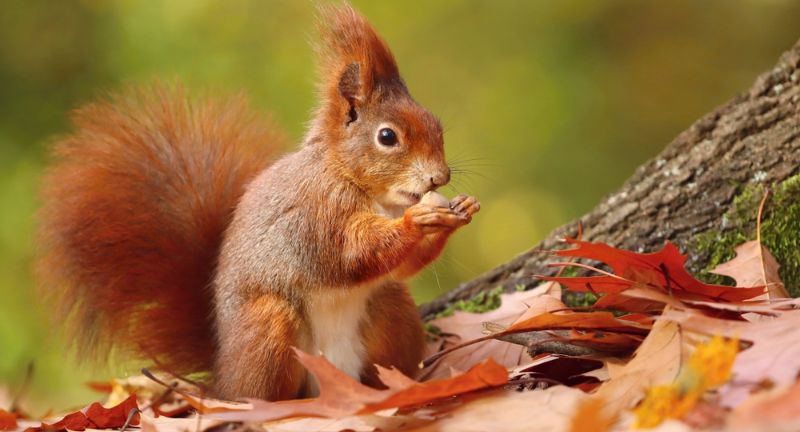
Shutterstock
Squirrels play an unexpected role in forest regeneration by planting thousands of trees each year. When they bury acorns and other seeds and forget about them, these seeds have a chance to germinate and grow into new trees. This natural planting process helps maintain and expand forest ecosystems. It’s a fascinating example of how animal behavior can positively impact the environment.
Winter Preparation
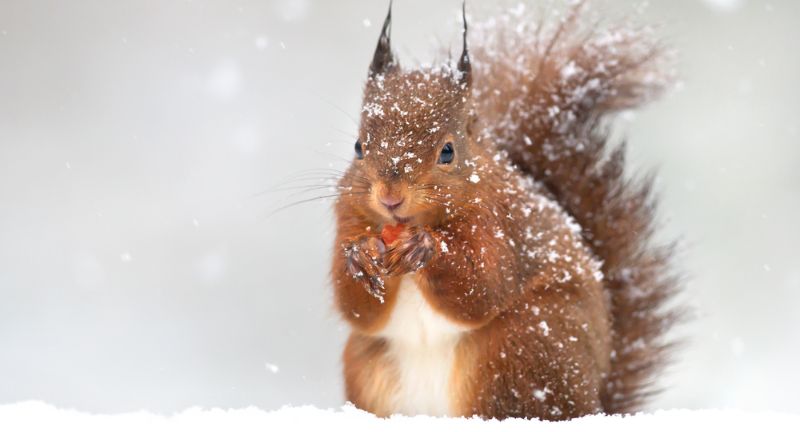
Shutterstock
In preparation for winter, squirrels engage in a behavior known as caching, where they store food in multiple hidden locations. This strategy ensures they have enough food to last through the cold months when resources are scarce. They use their keen memory and sense of smell to retrieve these caches later. This foresight and planning highlight their intelligence and survival instincts.
Mating Rituals
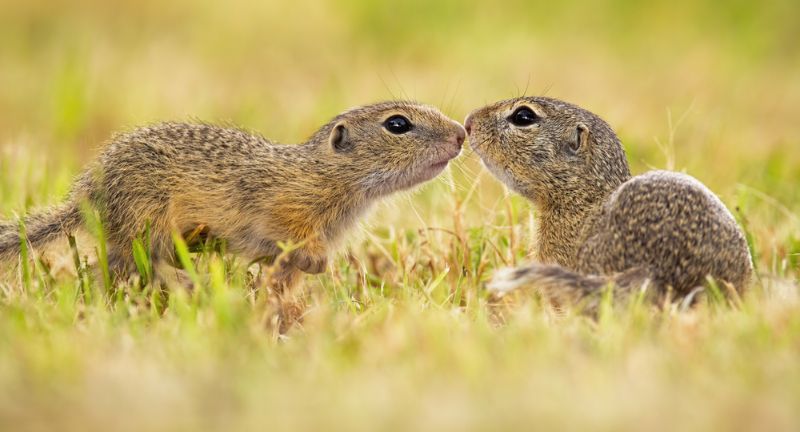
Shutterstock
Squirrel mating rituals are dynamic and involve elaborate chases and displays. Males pursue females through trees and across the ground, showcasing their agility and stamina. These chases can be quite dramatic, involving leaps and rapid movements to impress the potential mate. This courtship behavior helps ensure that only the fittest and most agile males get to reproduce.
Short Lifespan
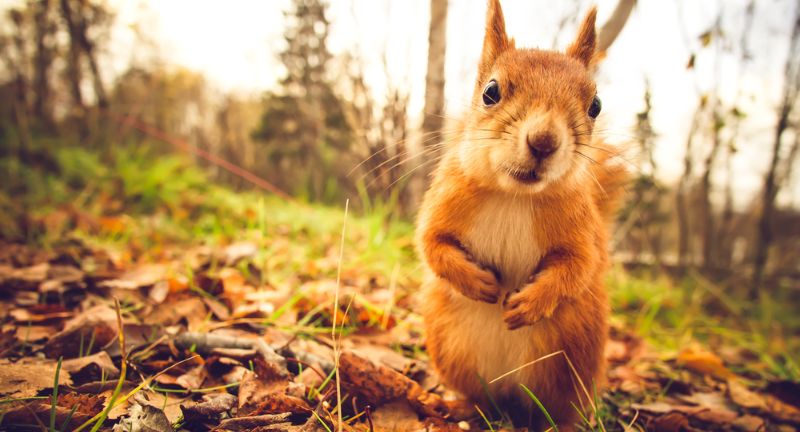
Shutterstock
In the wild, squirrels typically have a lifespan of up to six years, though some can live much longer in captivity. Predation, disease, and accidents contribute to their relatively short life expectancy. However, squirrels are prolific breeders, ensuring that their populations remain stable. In captivity, without these threats, they can live up to 20 years, showing the potential for longer lifespans.
Evasive Maneuvers
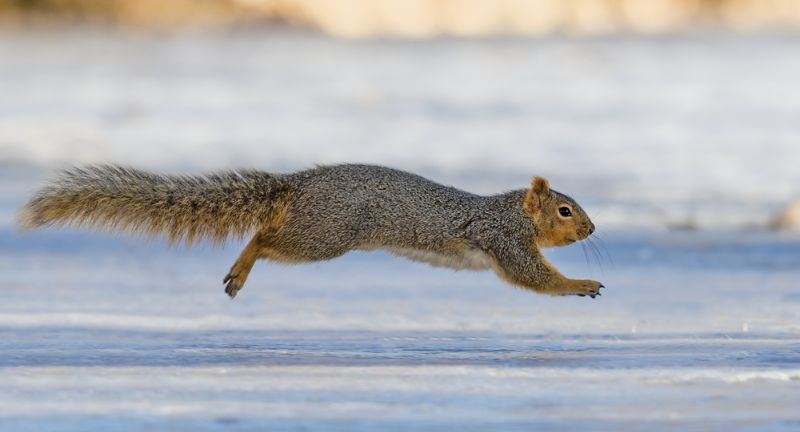
Shutterstock
Squirrels have developed a distinctive zigzag running pattern to evade predators. This unpredictable movement makes it difficult for predators to catch them. This evasive technique is especially useful when being chased by fast predators like hawks and foxes. Their ability to rapidly change direction is a key survival skill in the wild.
Flying Squirrels
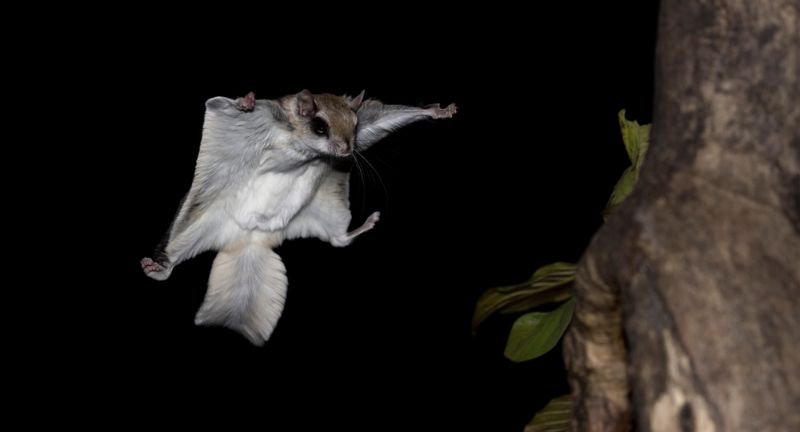
Shutterstock
Flying squirrels have a unique adaptation that allows them to glide significant distances. They have a flap of skin, called the patagium, stretching from their wrists to their ankles. By spreading their limbs, they can glide over 150 feet from tree to tree. This ability helps them escape predators and search for food efficiently.
Nest Builders
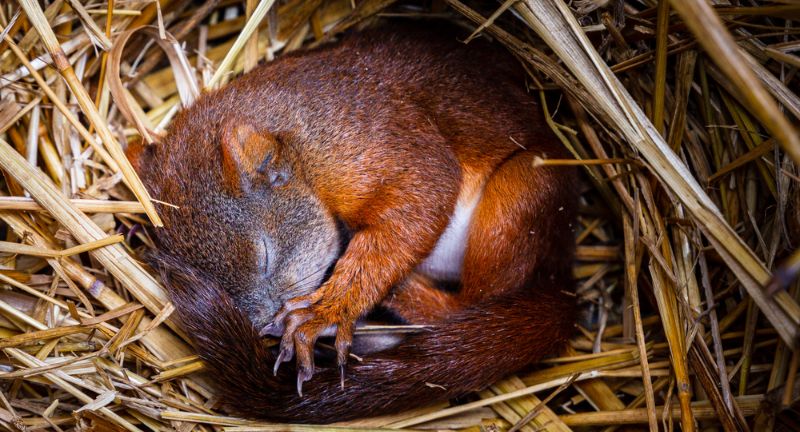
Shutterstock
Squirrels build nests, known as dreys, high up in trees using twigs, leaves, and moss. These nests provide shelter from the elements and protection from predators. Dreys are typically spherical and can be quite cozy inside. Squirrels may also take over abandoned bird nests or even use tree cavities for their homes.
Seasonal Fur Changes
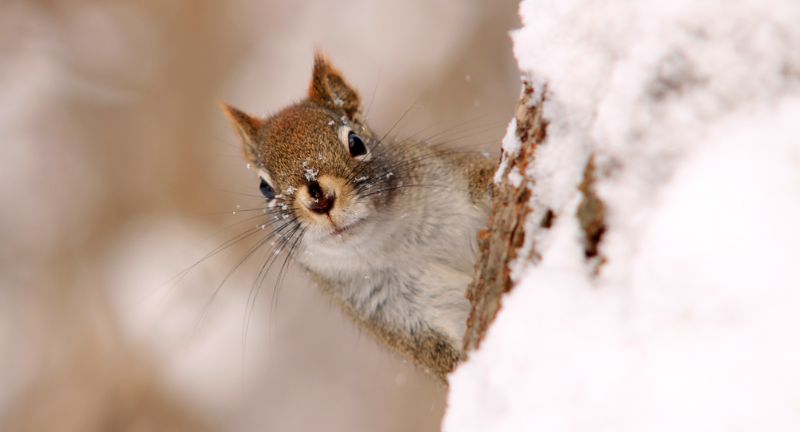
Shutterstock
Many squirrel species grow thicker fur in the winter to help insulate against the cold. This seasonal change in fur density helps them survive harsh winter conditions. In the summer, they shed this thick fur to stay cool. This ability to adapt their fur to changing seasons is crucial for their survival.
Social Creatures

Shutterstock
Ground squirrels are particularly social, living in colonies that can include hundreds of individuals. These social groups help with predator detection and communal care of the young. Tree squirrels, on the other hand, are more solitary but will come together during mating season. The social behaviors of ground squirrels are fascinating and show a complex social structure.
Rapid Reflexes
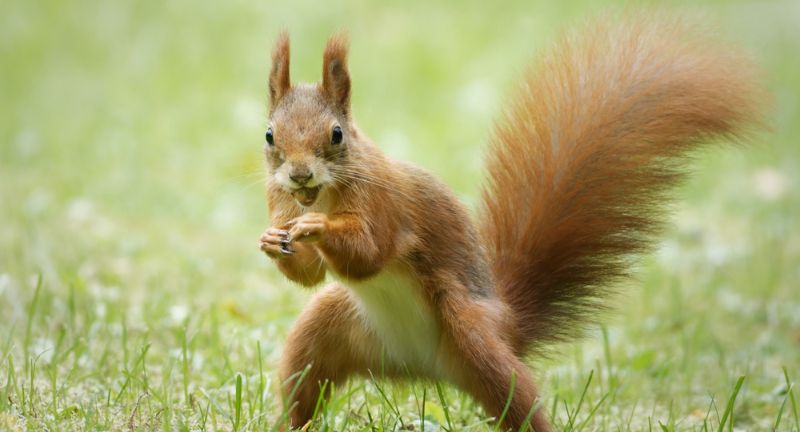
Shutterstock
Squirrels possess incredibly fast reflexes, allowing them to react quickly to potential threats. This rapid response time is essential for avoiding predators and navigating complex environments. Their agility and speed are complemented by their sharp senses, making them adept at evading danger. Watching a squirrel in action is a testament to their incredible reflexes and agility.
Color Variations
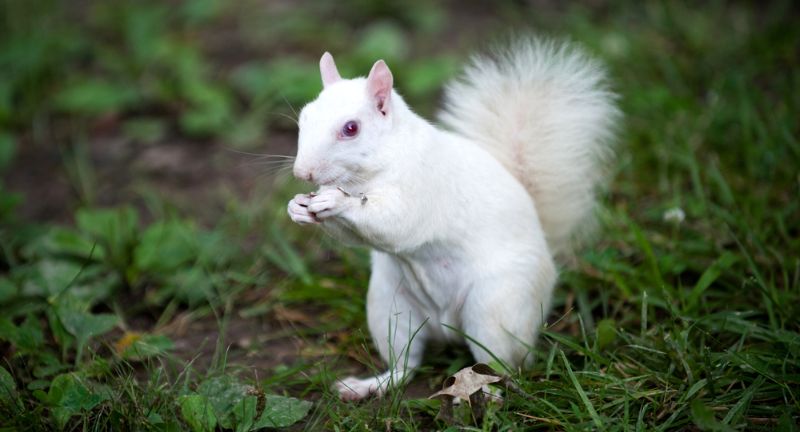
Shutterstock
Squirrels come in a variety of colors, including gray, red, black, and even albino. These color variations can be due to genetic differences and environmental factors. For example, black squirrels are more common in colder regions as their darker fur provides better camouflage and heat absorption. This diversity in coloration adds to the charm and intrigue of these creatures.
Keen Eyesight
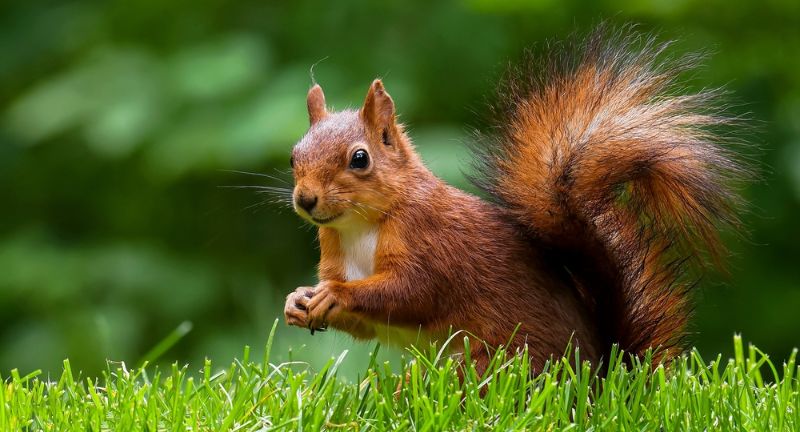
Shutterstock
Squirrels have excellent eyesight, which is crucial for spotting predators and navigating their environment. They have a wide field of vision and can see in low light conditions, giving them an advantage during dawn and dusk. This keen eyesight also helps them judge distances accurately when leaping between branches. Their visual acuity is one of the many adaptations that help them survive in the wild.
Water Skills
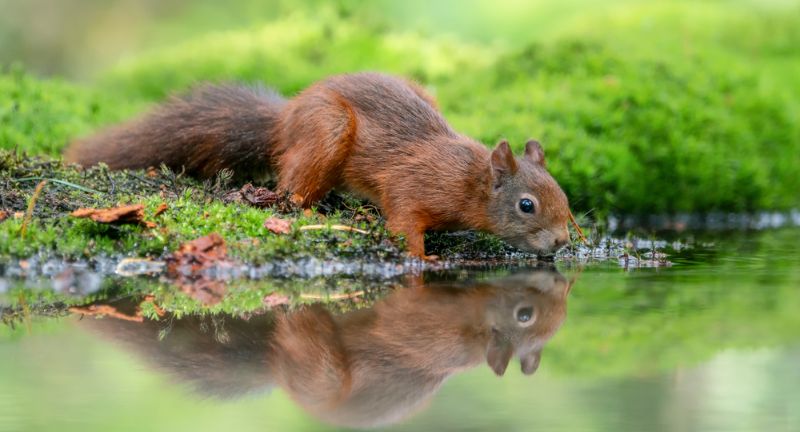
Shutterstock
Although squirrels generally avoid water, they are capable swimmers when necessary. They use a doggy paddle motion to navigate across ponds or streams. This skill can be vital when escaping predators or reaching new territories. Their ability to swim is yet another testament to their adaptability and survival instincts.
Problem Solvers
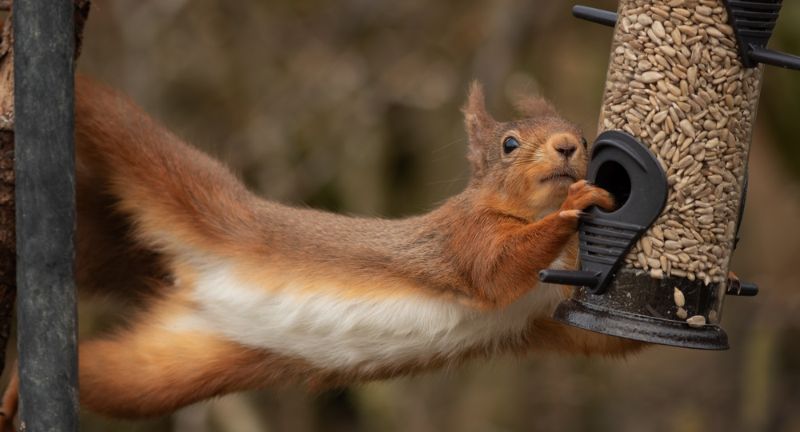
Shutterstock
Squirrels are known for their problem-solving abilities, often figuring out how to bypass obstacles to reach food. This includes outsmarting bird feeders designed to keep them out. Their intelligence and persistence make them adept at finding solutions to challenges in their environment. Observing their clever tactics can be both entertaining and impressive.
Health Benefits
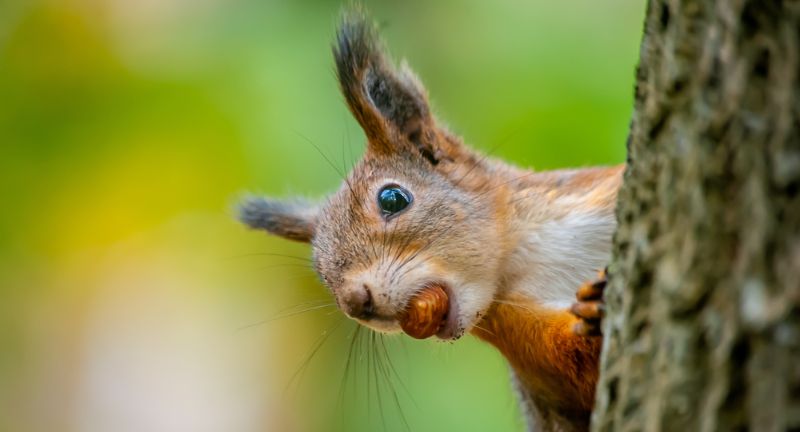
Shutterstock
Squirrels play a significant role in maintaining healthy forest ecosystems. By burying seeds and nuts, they aid in plant dispersion and forest regeneration. Their activities also help spread fungi, which is essential for healthy soil and plant growth. This ecological impact underscores their importance beyond their charming and playful behavior.
Playful Behavior
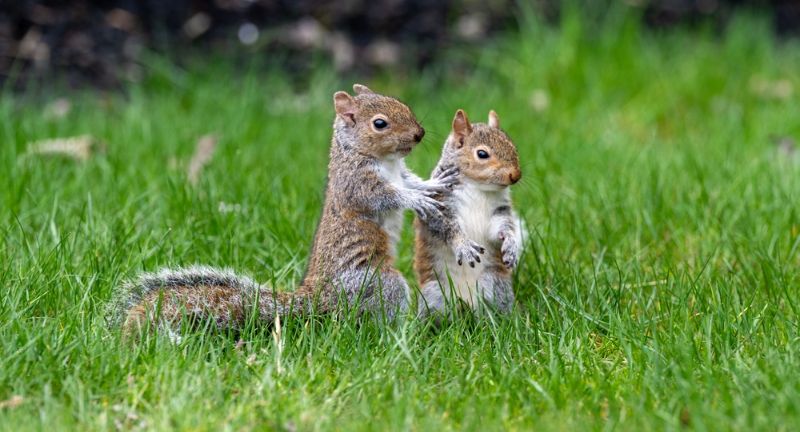
Shutterstock
Young squirrels engage in playful activities that are crucial for their development. This play includes chasing, wrestling, and mock fighting, which helps them hone their survival skills. These activities prepare them for real-life challenges, such as escaping predators and finding food. Observing squirrel play offers insights into their social behavior and learning processes.
Conclusion
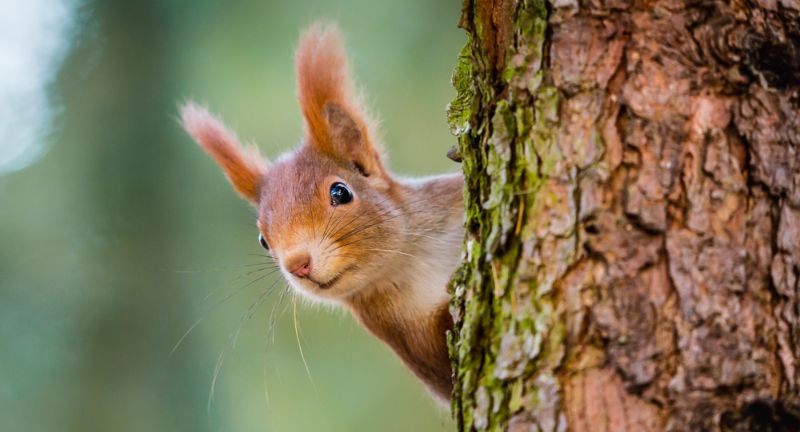
Shutterstock
Squirrels are much more than the playful animals we often see scurrying around. Their fascinating behaviors, unique adaptations, and crucial roles in ecosystems underscore their importance in nature. By understanding these captivating creatures better, we can appreciate the complexity and intelligence that they exhibit. Whether it’s their role in forest regeneration or their incredible acrobatic skills, squirrels continue to amaze and inspire us. The next time you see a squirrel, take a moment to marvel at these remarkable animals and the many ways they contribute to our world.
More Amazing Animals+
-


More – Alligator arrest outside of a school in Charleston,…
-
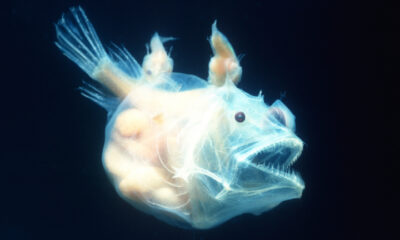

27 Weird Animal Facts That You Didn’t Know
-
15 Fun Facts About Americas Favorite Baby Hippo – Moo…
-
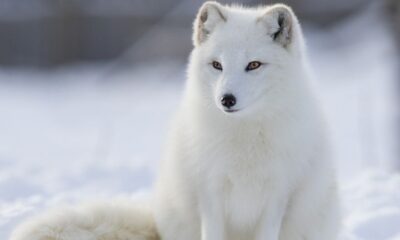

30 Most Beautiful Animals on the Planet
-
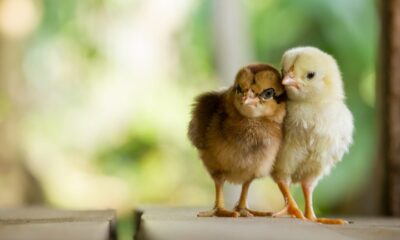

39 Myths About Chickens That Just Aren’t True
-


The Truth About Storks and Baby Deliveries
-


Owner of World’s Oldest Dog Reveals Secrets of Pets Long…
-


30 Most Beautiful Birds In North America
-
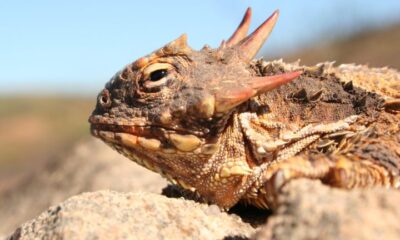

24 Animals That Have The Strangest Defense Mechanisms
-
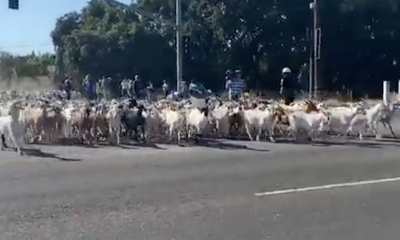

Goats Ushered Across a Road to Aid in California Fire…
-
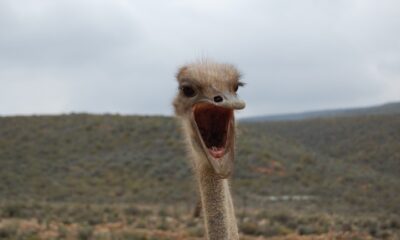

Don’t Let This Bird Fool You
-


Elk making a break for the trees.
